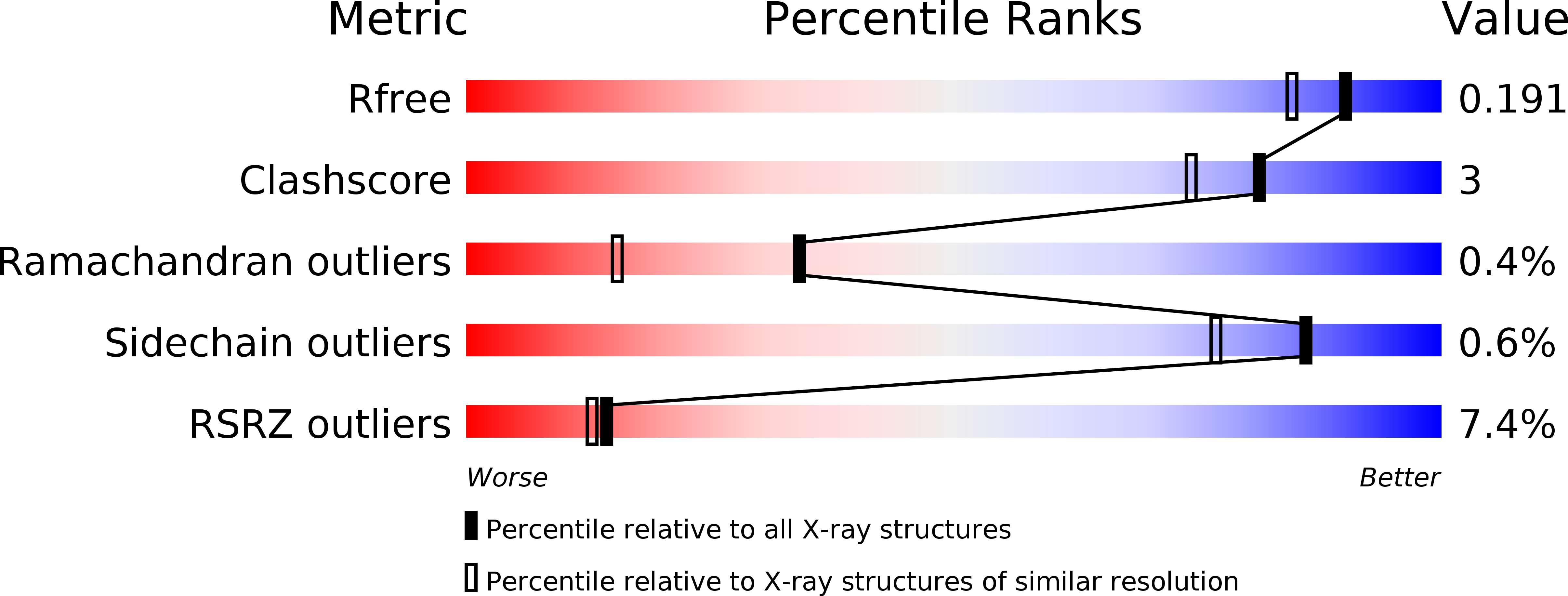
Deposition Date
2014-10-05
Release Date
2015-03-11
Last Version Date
2023-11-08
Entry Detail
PDB ID:
4RI4
Keywords:
Title:
Crystal structure of PTPN3 (PTPH1) Y676I mutant in complex with vanadate
Biological Source:
Source Organism:
Homo sapiens (Taxon ID: 9606)
Host Organism:
Method Details:
Experimental Method:
Resolution:
1.60 Å
R-Value Free:
0.18
R-Value Work:
0.16
R-Value Observed:
0.16
Space Group:
C 2 2 21


